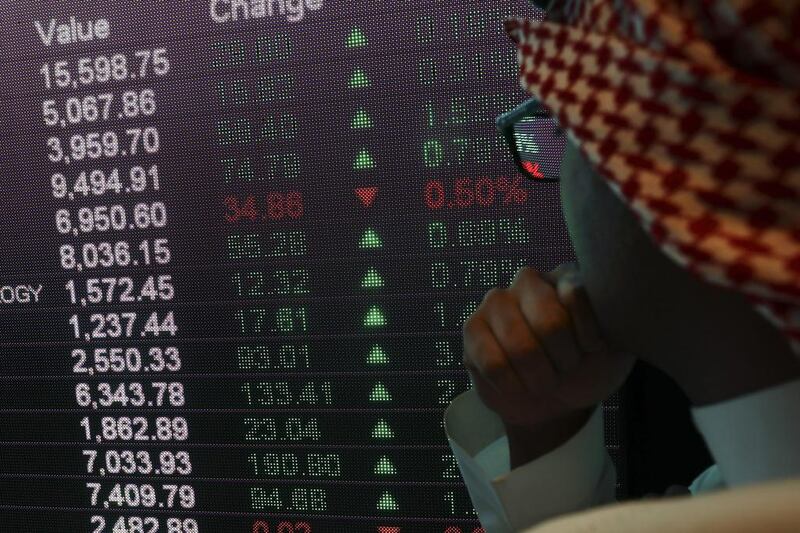Sabah al Binali explains why investors should make certain they have liquidity guidelines from their asset managers or risk being lumbered with a portfolio that looks good in theory but proves a problem when they try to sell into the market.
I am increasingly hearing of people investing into positions in the markets because they think that the price of a share is cheap due to a decline in the price. The price is not cheap, it is low for a reason.
Worse, when these investors enter the market and buy the shares they think they have made a great decision when they see prices immediately rise. But prices in such situations usually rise because the shares are illiquid and the buying just pushes up the price artificially.
To understand this we first have to define liquidity, which in this case is how quickly one can buy or sell shares without affecting the price. This alone is not specific enough, because there is a difference between selling one share and selling a million shares. This brings us to the concept of average daily trading value (ADTV), or the total value of the shares of a particular stock traded every day averaged over some period. If we look at the trading size as a percentage of value traded we can get a better picture if trading a certain size in a single day is liquid or not.
So, for example, if the trading size is 1 per cent of ADTV then it is usually safe to assume that it is liquid. However, if the trading size is, for example, 20 per cent of ADTV, then doing it all in one day without affecting price is difficult. Looking at the Dubai Financial Market (DFM), as an example, in the second quarter the value traded for Emaar Properties was Dh3,227,999,534 which gives, using an estimate of 64 trading days, an approximate ADTV of Dh50,437,493. This would indicate that buying Dh1 million shares of Emaar Ptoperties, representing about 2 per cent of ADTV, in the open market on a single day should not impact the price. On the other hand, the same calculation of onShuaa Capital gives an approximate ADTV of Dh2,452,726 indicating that an equivalent size trade to Emaar of Dh1m Shuaa shares in a single day would constitute about 40 per cent of ADTV and would likely affect the market price.
This means that for the investor who buys a relatively illiquid stock and sees a price rise, it is most probably a phantom profit as once the investor tries to sell the price appreciation will reverse or worse.
Read more from Sabah al Binali
UAE citizens help to push investment momentum
Unexplained departures of company chiefs can raise questions
Abu Dhabi Investment Authority puts in good performance
This is completely unfair if this is being done by an asset manager who is charging a fixed fee on assets under management (AUM). Let's say the manager buys Dh100m of an illiquid Dh0.50 share in a block-trade from a distressed seller. This won't move the market. But if the manager then buys Dh1m of the shares in the open market then he can easily move the price to Dh1 per share, increasing the position to Dh151m with a profit of at least Dh50m on paper.
If the manager is charging a 1 per cent management fee, then doing so on the inflated valuation of Dh151m is equivalent to charging 1.5 per cent on the actual value of Dh100m. Of course these outsize returns can be made bigger by pushing the price further.
Worst of all, when the manager tries to exit, if he can't find another investor to sell to in a block-trade, then unloading all those shares will obliterate the stock price. The asset manager would make outsize fees on inflated valuations and then walk away free.
Some will argue that the performance fees that asset managers usually charge would help to align their interests with their investors. But remember, performance fees are contingent and charged to profit whereas management fees are guaranteed and charged to the assets.
The idea of announced values being much higher than actual values is not new.
For this reason it is imperative that investors demand from their asset managers certain liquidity guidelines, or at the least apply management fees retroactively after exit. The risk is ending up with a highly illiquid portfolio that looks good on paper but you only find out the truth when you try and sell into the market.
Sabah al Binali is an active investor and entrepreneurial leader with a track record of growing companies in the Mena region. You can read more of his thoughts at https://al-binali.com/





